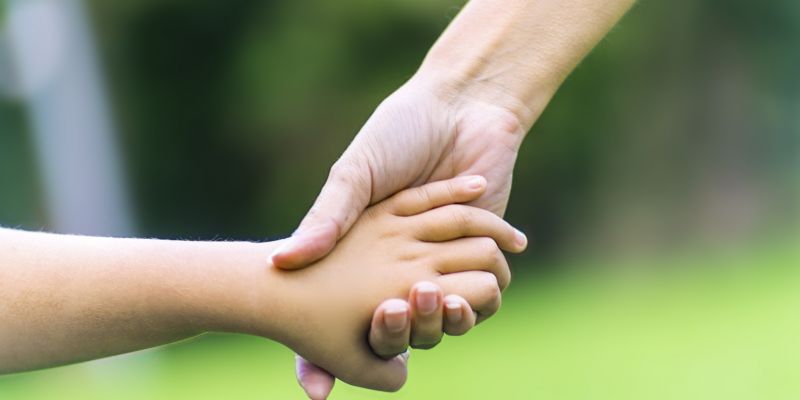How Educators Can Help Students Cope with Traumatic Events

The Prevalence of Childhood Trauma
Nearly half of children in the U.S. have experienced at least one traumatic event, according to a recent report by Child Trends.
Childhood trauma is more common than some may think. Nearly half of children in the U.S. have experienced at least one traumatic event, according to a recent report by Child Trends. The report indicates that economic hardship, divorce, violence, drugs and abuse are the most prevalent traumatic events among children. Trauma can have negative, long-lasting effects on their health and well-being.
What Is Trauma?
The American Psychological Association (APA) defines trauma as an emotional response to a terrible event. Students who experience childhood trauma may have difficulty learning due to impaired brain development and are more likely to engage in risky behavior. However, with the support of caring, understanding family, friends and community members, children can learn healthy ways to cope with difficult, traumatic experiences.
What Can Educators Do?
Educators can play an important role in comforting students and in helping them name and understand their thoughts and feelings. The following resources offer advice and guidelines for helping students cope with traumatic events:
- Helping Kids Cope with Natural Disasters | The National Wildlife Federation (NWF) provides tips to prepare for a disaster and to monitor students' emotional state and answer their questions after a disaster occurs.
- 9/11 Teaching Resources | A collection of activities, writing prompts, teacher-recommended resources and lesson plans to help educators teach students about the 9/11 terrorist attacks.
- Childhood Trauma Toolkit for Educators | This toolkit helps educators understand the psychological and behavioral impact of trauma in students and provides suggestions for helping traumatized children.
- Helping Children Cope with Traumatic Events | Find resources and activities to help students of all ages cope with trauma and fear.
- Tips to Help Children Cope with Disasters | NAEYC shares ways educators can comfort students and help them understand and cope with thoughts and feelings about the disaster.




__800x400.jpg?width=352&name=shutterstock_68157886_(1)__800x400.jpg)